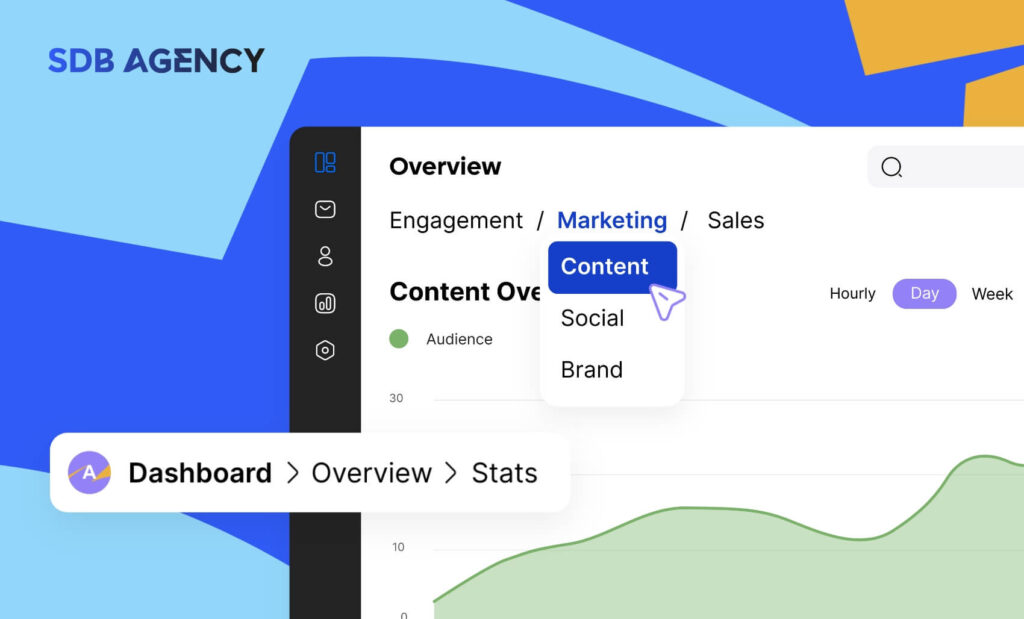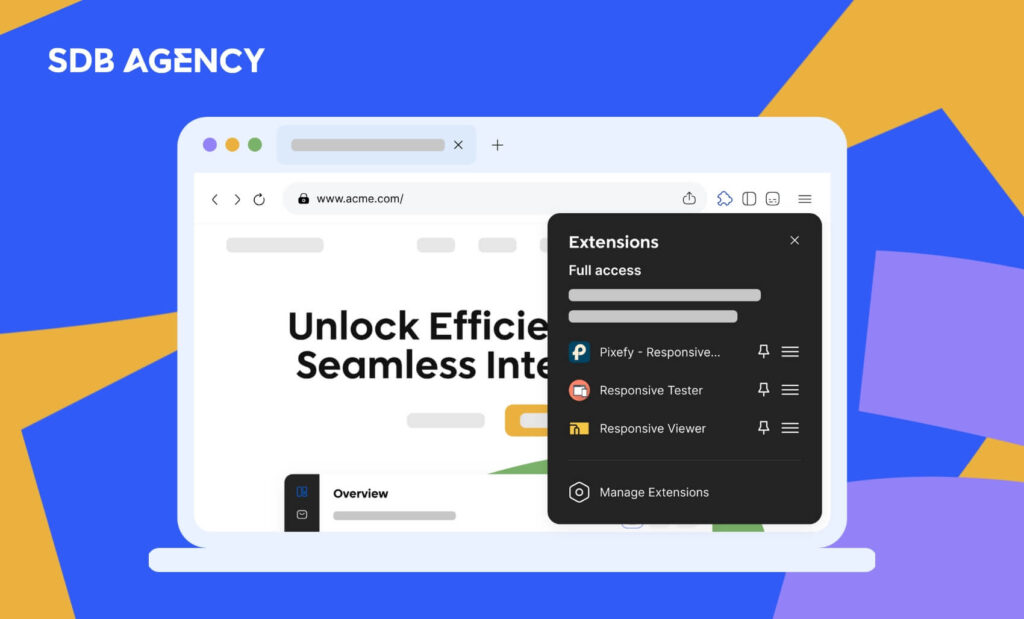Proven CRO Marketing Strategies to Increase Your Sale

If you run a startup or SaaS business, you know the importance of converting your visitors into customers. However, did you know that the average conversion rate for every business is around 2 to 5%? This means for every 100 visitors to your page, only around two to five of them will buy your products and subscribe to your service. That’s plenty of missed opportunities and revenues lost.
However, don’t let these stats bring you down. There are numerous conversion rate optimization (CRO) strategies to implement to optimize your website and increase your conversion rate.
What is conversion rate optimization (CRO) for SaaS?
CRO is a technique for increasing the percentage of your website’s traffic to make a purchase, also known as conversion. CRO can help improve your sales without needing to spend more money on marketing or acquiring new leads.
SaaS companies usually focus on four key elements for conversions:
- A landing page that guides users to the next step.
- A call to action that takes users to that step.
- An engaging way to take action (fill in a form, complete a signup process, etc.)
- A “Thank You” experience that allows visitors to feel like they’ve achieved something.
Your landing page will determine the success of your conversion rates. It serves traffic from outside your site and fulfills onsite offers, like the universal “Learn more.” These pages should encourage the prospect to take the next step. Marketers should treat almost every webpage as a landing page, offering visitors what they are looking for and asking them to take the desired action.
5 Proven CRO strategies for your business success
Conversion rate optimization tactics include various disciplines such as usability improvements, testing, marketing, designing, and more. Here are five strategies proven to enhance your SaaS website’s conversion rates.
1. A/B testing
Also known as split testing, A/B testing is a reliable way of testing an idea or hypothesis. It’s an easy way to determine which version of your website will perform better and likely increase your conversions.
For example, if you think that the customer logos are way too far down your page, you can come up with a hypothesis such as:
“If we move the customer logo to below the hero section, more visitors may complete the form as measured by conversion rate.”
Then, you must conduct an experiment to test the hypothesis. In this case, you must design a variation of the page with traffic sent equally to the original and the variation. After you’ve collected enough data, you should see which generated more conversions. If the variation receives statistical improvement, it becomes the new page to be optimized.
2. Personalization
Personalization is a great way to improve engagement, which often translates to more conversions. Based on statistics by McKinsey, 71% of customers expect businesses to deliver personalized interactions, and 76% of them are disappointed if you don’t.
To boost loyalty and improve conversions, you must find ways to personalize customer’s experience. Here are some ideas to do it:
Personalized emails:
- Address customers by name in emails.
- Segment emails to match the recipient’s stage in the customer journey.
- Align the messages with customers’ previous purchasing behaviors.
Personalized landing pages:
- Craft custom landing pages for various markets or customer segments.
- Add dynamic content to landing pages so users can speak directly.
- Add call-to-actions (CTAs) that align with the user’s phase of conversion.
Personalized search:
- Use retargeting to deliver appropriate ads based on user interests and online behavior.
- Create a natural flow in conversion funnels – messaging and design must be consistent on the landing page, ad, form, and emails to maintain high trust levels.
3. Offer a simple checkout process
Simplifying your checkout process is essential to increasing your website’s conversion rate. Recent stats show that 18% of customers will abandon their cart due to a complicated checkout process.
To avoid high checkout abandonment rates, you can use an automated checkout process to gather customer details and remove a few steps in the checkout process. Here are some simple ways of simplifying your checkout process to boost conversions:
- Optimize for mobile – Most customers use their mobile devices for shopping, so it’s important to offer a mobile-friendly checkout process. Test it on various devices and ensure it’s optimized.
- Show progress indicators – Progress indicators help buyers understand where they are in the process and how much more information they need to offer.
4. Use clear and engaging calls to action (CTAs)
Calls to action are crucial elements for any online business. They are words or phrases that encourage a visitor to take action and complete a goal, such as purchasing a product or signing up for a service.
With that said, you must strategically place a CTA button and choose a prominent place on your site that customers will likely act upon. For example, if you want customers to try out your product, put a “Try Free Trial” button below your product description so they’ll see it without needing to scroll down too far.
Remember to use action-oriented verbs such as “Buy Now” or “Shop Today” to encourage customers to take action. A Danish company conducted research and revealed that changing their initial CTA “Order Information” to “Get Information” led to a significant increase in conversions by over 38%. Therefore, it’s important to test different CTAs and analyze the conversions to determine the most effective call to action.
5. Gathering feedback
No matter how much you’ve improved your user experience, there may still be points of friction. The best way to address these is to gather user feedback.
When given the chance, users will let you know if your signup form needs fixing or if your navigation is too complicated. They may also give you direct feedback on your website’s changes.
For example, the Dropbox Community allows users to find quick answers to their questions while also helping the Products team identify areas for improvement. When they replaced their “estimated time to sync” feature with a progress bar, users complained. Users gave feedback that the previous feature helped them manage their time better.
Today, the Dropbox team uses the community to help them tackle any issues. You can do the same by using customer feedback to look for friction points and offer a better user experience.
Elevate your CRO – the next steps
There’s no better way of ensuring significant growth for your SaaS business than with CRO. Through conversion rate optimization, you can make remarkable improvements in your conversion rate at every step of the customer journey to help you gather and keep your valuable customers.
By implementing our tips in this article, you can improve the user experience, build customer trust, and drive more sales to your business. Remember to keep testing and discover what works best for your products and audience.




